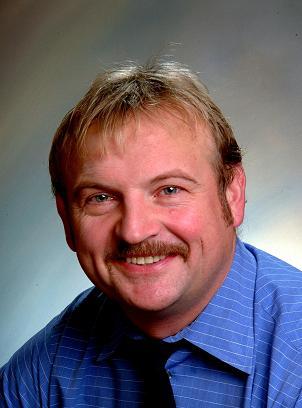

 Reference Site Map |
|
|

Medicine is an art as much as it is a skill. During residency training, it was a given that we pretty well lived at the hospital. No rules existed about how many hours a week one worked. Work was the essence of education. Every second or third day was often 32 hours long. In those days, many of the hospitals where I trained were still managed by nuns, as they did before the time of OHIP. The nerve center of the hospital was the "Physicians' Lounge". This was the place that doctors once congregated, particularly in the mornings. As residents, we often drifted there at the crack of dawn. Not only was the coffee there, but more importantly senior doctors congregated there. We would sit, report and listen. We listened about past diagnostic triumphs, about complex operations, about how to approach medical challenges. We also listened and participated in other debates about politics, cute new nurses and about opinions on things to come. The physicians lounge was where we learned a great deal about medicine, but also about respect for our senior colleagues. There was a pecking order, and the worst infraction an intern could do was to arrive late or speak before spoken to. I especially enjoyed the tales of medical life long ago, because they were full of useful pearls about life. I cannot imagine a new doctor undergoing training without years of study in the physicians lounge. More business of health care got done in the doctors lounge than anywhere else. It was one of the last places in the hospital where face to face interactions take place between doctors. In doing hospital rounds, it was a vital place to interact with colleagues, review results, discuss consultations and generally retreat from the pressures that practicing medicine can generate. Most importantly, it was where hundreds of discussions about patients and their problems took place in confidence. In the early days of my local hospital, family doctors even slept there on couches when doing night deliveries or were on call. It was a place where doctors were magnetically attracted to. Good administrators knew that one key to keeping their medical staff happy and motivated was to provide good basics in this sacred area. When scouting out any new hospital, the doctors lounge is what a new doc will first ask about and insist on seeing, because it defines the character of a hospital.
But the point that I make is that this institution of medical care has also gone the way of the dodo bird with noticeable repercussions in many of our hospitals. At my local institution, the physicians lounge started off in a brightly lit area, where sipping coffee and greeting the sunrise was common. It soon “had to” double as a mail room. Since coffee stains and mail don't mix, something had to go, and it wasn’t the mail. Soon afterwards, the proliferation of space for administrators crept into it, and any chance for confidential discussions disappeared too. It didn't take long to realize that the physicians lounge wasn't functioning anymore and was shut down for reconstruction. The coincidence was that a few years later, dozens of family doctors left. Eventually, a new "better" lounge was built, this one without any sunlight or coffee and accessible only through the secret knock on the back door of the mailroom. These days, busy signals and endless days of waiting for call-backs from unfamiliar colleagues have replaced the personal and efficient touch. The “new” doctors lounge has lost its doctors, but maintained its pristine composure, devoid of life, and stands as a sad reminder of “medical progress”.
Related resources: